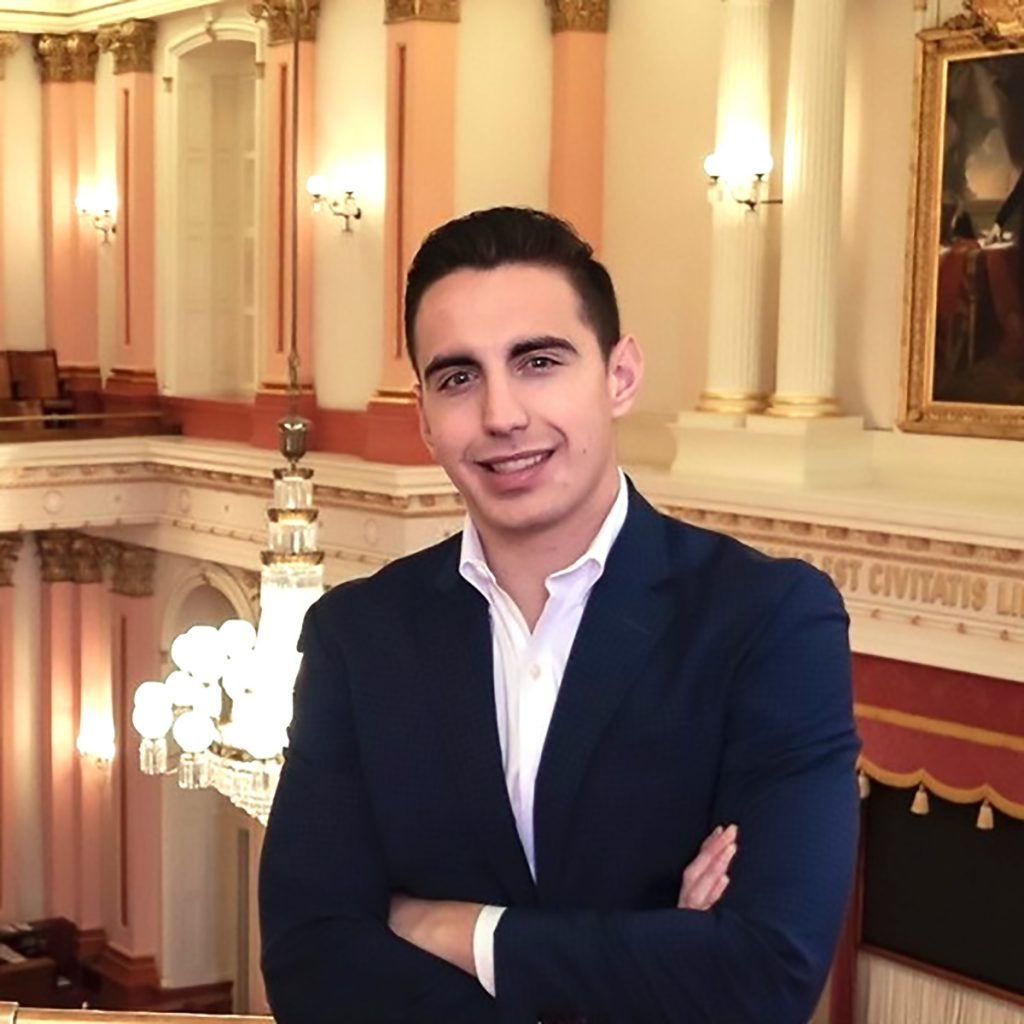Attention Venues & Arts: There is More “Stimulus” Available

Looking back on Independent Venue Week, there is much to dissect as the National Independent Venues Association (NIVA), formed from #saveourstages, pushed for legislation that resulted in $16 billion in federal funding for venues via the Shuttered Venue Operators Grant (SVOG) program, currently being sorted and administered by the Small Business Administration (SBA).
That birthed the NIVA California Chapter founded by Casey Lowdermilk, the co-founder of the San Francisco Venue Coalition and assistant general manager of the Bill Graham Civic Auditorium, while Alex Torres, the director of government relations at Strategies 360, aided in lobbying. Joining the efforts were Californians for the Arts, the California Association of Museums, state legislators, mayors, tourism and travel industry groups, artists and performers across the state, historically hustling together for the first time to get a portion of the state’s $75 billion budget surplus Gov. Gavin Newsom disclosed in May.
“We were the first to close and the last to reopen. A big part of our advocacy is state investment and our industry has a significant return on an investment for our state and the local economies because arts are an economic multiplier,” Lowdermilk said. “For every $1 spent on a ticket, another $12 is spent in the local economy — transportation, restaurants, bars, hotels, retailers, and more. Funding is required to rebuild and reopen this sector profitably and be acknowledged as economic and cultural contributors to California.”
Their lobbying’s net result is the California Venues Grants Program with $150 million with up to $250,000 per grant, while the California Nonprofit Performing Arts Grant Program has $50 million at up to $75,000 per grant administered by California OSBA. The Natural Resources Agency CCHE is managing a $50 million Museum Grant Program, with less than $50,000 going to 81 community arts and culture investments. The California Arts Council received $128 million for its public programs.
Venues and promoters can apply and receive NIVA’s SVOG, as well as funding from the CA Venues Grants Program. These are not typical “grants,” they are what Torres prefers to call “stimulus,” as grant amounts are based solely on the math from businesses and organizations audited financial statements, and eligibility.
Lowdermilk and Torres sat down for this extensive Q&A:
Q: What is the fine print on applying for SVOG and the California Venues Grant Program?

Torres: The CA program does not factor in SVOG, rather, it says that if an eligible applicant has been awarded a grant under the California Small Business COVID-19 Relief Grant Program established in Section 12100.83, the amount of that grant shall be subtracted from the grant amount awarded under this section. If the grant amount awarded under Section 12100.83 is greater than the amount awarded under this section, the eligible independent live event shall not receive a grant under this subdivision and no amount shall be subtracted. No more than $25,000,000 in grants may be allocated to eligible applicants unless all other eligible applicants have received funding.
Does the CA Venue Grant have the same math as SVOG?
Torres: It is similar to SVOG in that it would require these grants to be in an amount equal to the lesser of $250,000 or 20% of gross earned revenue for the 2019 taxable year.
Grants to eligible applicants shall be prioritized on documented percentage gross earned revenue declines based on a reporting period comparing California gross earned revenues in Q2, Q3, and Q4 of 2020 and California gross earned revenues in Q2, Q3, and Q4 of 2019.
Let’s list what the grant funding is permitted to be used for:
Torres: Found in SB 151 page 35, Section 9 subsection (g): Grant moneys awarded under this section shall only be used for costs resulting from the COVID-19 pandemic and related health and safety restrictions, or business interruptions or closures incurred as a result of the COVID-19 pandemic, including the following:
(1) Employee expenses, including payroll costs, health care benefits, paid sick, medical, or family leave, and insurance premiums;
(2) Working capital and overhead, including rent, utilities, mortgage principal, and interest payments, but excluding mortgage prepayments, and debt obligations, including principal and interest, incurred before March 1, 2020;
(3) Costs associated with reopening business operations after being fully or partially closed due to state-mandated COVID-19 health and safety restrictions and business closures;
(4) Costs associated with complying with COVID-19 federal, state, or local guidelines for reopening with required safety protocols, including, but not limited to, equipment, plexiglass barriers, outdoor dining, personal protective equipment (PPE) supplies, testing, and employee training expenses;
(5) Any other COVID-19-related expenses not already covered through grants, forgivable loans, or other relief through federal, state, county, or city programs;
(6) Any other COVID-19-related costs that are not human resource expenses for the state share of Medicaid, employee bonuses, severance pay, taxes, legal settlements, personal expenses, or other expenses unrelated to COVID-19 impacts, repairs from damages already covered by insurance.
Are both private and nonprofit venues eligible?
Torres: Yes. Worth noting, for a venue owned or operated by a nonprofit entity that produces free events, the events are produced and managed primarily by paid employees, not by volunteers.
What bills and funding are coming up?
Lowdermilk: To recap, bills signed July 12 were a $262 Billion California Budget Spending Bills SB/AB 128, SB/AB 129 and AB/SB 151 grants program for CA nonprofit performing arts, cultural institutions, and live events.
On the books are:
SB-628 CA Creative Workforce Act of 2021
SB-805 Small nonprofit performing arts organizations: payroll and paymaster services grants: employment grants (2021-2022)
SB-793 Alcoholic beverages to resume January 2022: music venue license: entertainment zones: consumption (2021-2022). The new liquor license type would be available to “Music entertainment facilities” defined as a publicly or privately owned live performance venue, concert hall, auditorium, or an enclosed arena where music or entertainment events are presented for a price of admission.
Where did the surplus come from?
Torres: California finances rely heavily on the rich and tech for revenue; however, tax incentives were paused in 2020 due to an extraordinary financially rich budget situation and restored in 2021. In addition, spending numbers were very conservative in 2020.
What are the takeaways of your combined efforts?
Lowdermilk and Torres: All the venues and promoters are now working together to get through this and are making alliances never before made.
This cannot be a one-off although the funding is a one-time stimulus. We need to keep in front of the legislators to continue educating on the live events and arts sector. Hopefully next year we are in conversation how great our venues rebounded and how economically sound they are, and the thriving commercial corridors they support throughout the Golden State.
411
California OSBA: https://business.ca.gov/osba-signup
NIVA website: www.nivassoc.org
NIVA Instagram: www.instagram.com/nivassoc
NIVA California website: https://nivacalifornia.org
NIVA California Instagram:
www.instagram.com/nivacalifornia
California centralized grant portal: www.grants.ca.gov







